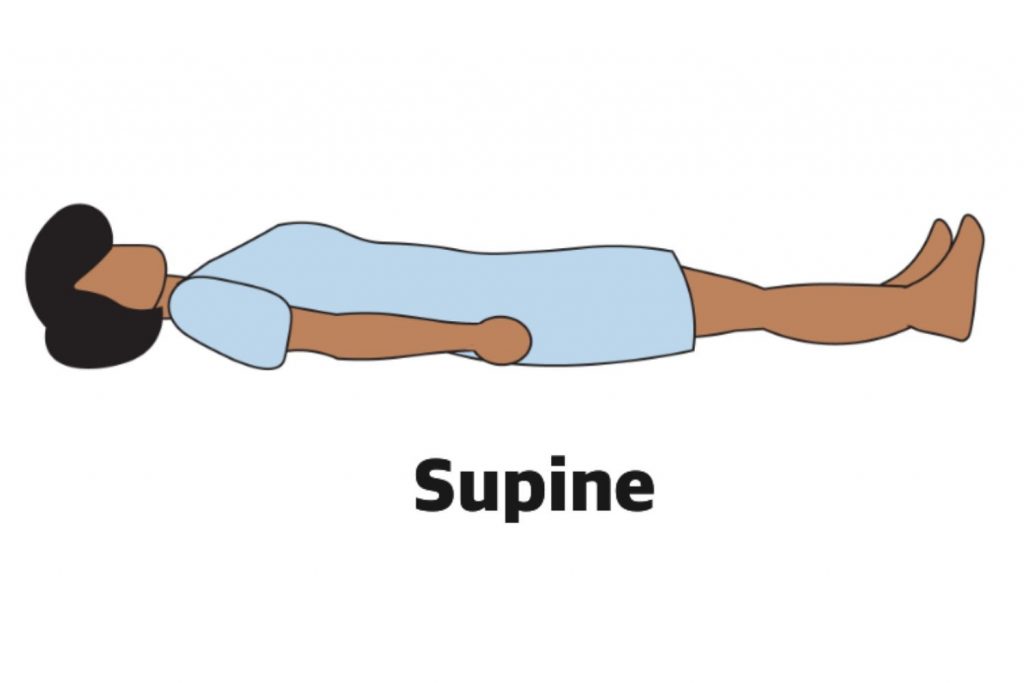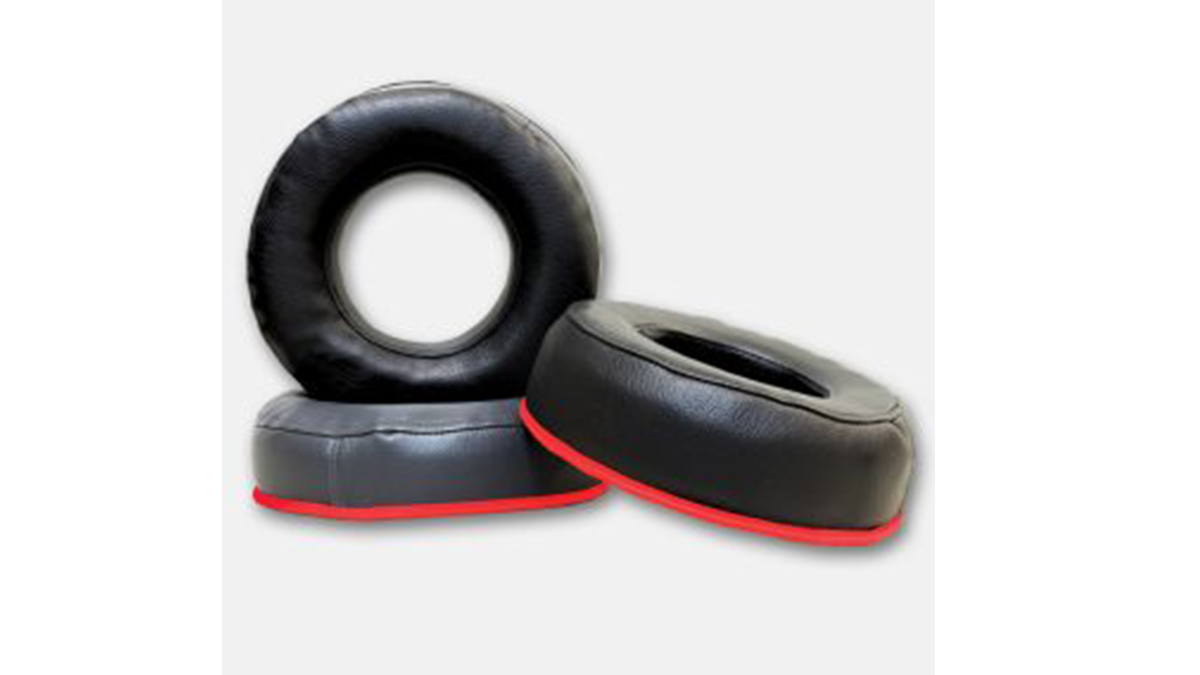Supine: Lying on the Back or Face-Up Position
The supine position, also known as lying on the back or face-up, involves the patient lying horizontally with their face and torso facing upward. This is in contrast to the prone position, where the patient faces downward. When used in surgical procedures, the supine position provides access to the peritoneal, thoracic, and pericardial regions, as well as the head, neck, and extremities.
In anatomical terms, in the supine position, the dorsal side is downward, and the ventral side is upward.
When to Use the Supine Position
The supine position is used for intracranial procedures and surgeries involving the anterior surfaces of the body. Common procedures that typically utilize the supine position include:
- Cardiac surgeries
- Colorectal surgeries
- Thoracic surgeries
- Abdominal surgeries
- Thoracoabdominal surgeries
- Endovascular surgeries
- Laparoscopic surgeries
- Upper extremity surgeries, including hand and wrist
- Lower extremity surgeries, including hip, knee, foot, and ankle
Neck and facial surgeries, as well as plastic and general surgeries, are also frequently performed in the supine position.

Risks of the Supine Position
All surgical positions require surgical staff to be aware of the potential risks to the patient in the supine position.
One significant risk involves the patient’s respiratory function. When transitioning from an upright to a supine position, abdominal organs shift cephalad, compressing adjacent lung tissue and potentially reducing functional residual capacity (FRC).
The supine position also exerts additional pressure on the skin and bony prominences such as the occiput, scapulae, elbows, sacrum, coccyx, and heels. To reduce the risk of pressure ulcers and sores, surgical table pads and patient positioning pads should be used. Additionally, the brachial plexus and ulnar nerves must be protected in the supine position by ensuring the arms are aligned with the table pads, extended at a 90-degree angle, with palms facing upward.
Benefits of the Supine Position
The supine position is one of the most natural positions for patients, allowing most anatomical structures to remain in a neutral state beyond their natural alignment. Most patients can maintain adequate respiratory function without external compression on the respiratory system.
The supine position provides excellent access to the anterior structures of the body. It is also one of the safest positions for stability on the operating table, ensuring that patient safety straps are properly applied. With full-body support, the risk of injury from falling is significantly reduced.
Proper patient positioning is a critical aspect of ensuring the safety and effectiveness of a surgical procedure. The positioning is determined preoperatively based on factors such as the type of procedure, duration of surgery, and the patient’s ability to tolerate the procedure.

Risks Associated with the Supine Position
- Semi-Supine Position
- Association with Sudden Infant Death Syndrome (SIDS)
- Obstructive Sleep Apnea (OSA)
Semi-Supine Position
In scientific literature, the “semi-supine” position typically refers to a position where the upper body is tilted, not fully horizontal (e.g., at a 45-degree angle or variations thereof).
Association with Sudden Infant Death Syndrome (SIDS)
The reduction in mortality from Sudden Infant Death Syndrome (SIDS) has been attributed to infants sleeping in the supine position. In the late 1980s, researchers Susan Beal in Australia and Gus de Jonge in the Netherlands independently noted that infants sleeping face-down or in the prone position had higher mortality rates, bringing this issue back into medical awareness.
It is believed that infants in the prone position are at greater risk of rebreathing their own carbon dioxide. Due to the immature state of their central chemoreceptors, infants do not respond to the resulting respiratory acidosis. Unlike healthy individuals, who exhibit autonomic responses such as increased breathing rate and depth (hyperventilation, yawning), infants may not react appropriately.
Obstructive Sleep Apnea (OSA)
Obstructive sleep apnea (OSA) is a type of sleep apnea that occurs primarily when throat muscles relax and is more severe when individuals sleep in the supine position. For patients with OSA, many healthcare providers encourage avoiding the supine position during sleep, recommending lateral sleeping or elevating the head of the bed to a 30- or 45-degree angle.
Price and Purchase of Supine Headrest
If you are looking for a high-quality supine headrest at an affordable price, we recommend sourcing this product from Anehouma. As one of the most reputable suppliers in the industry, Anehouma uses the finest raw materials and advanced technologies to deliver products of the highest quality. By choosing Anehouma, you not only gain access to superior quality but also benefit from professional after-sales services and reliable support.




Reviews
There are no reviews yet.